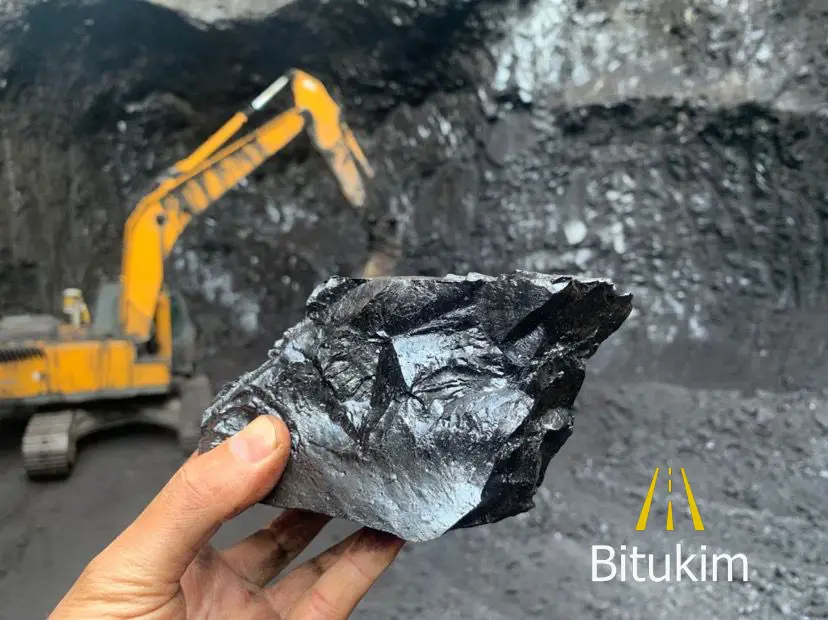
Gilsonite reducing shale sloughing, Gilsonite is effective in reducing shale sloughing during drilling operations. Shale sloughing occurs when pieces of the shale formation break off and fall into the wellbore, which can lead to serious operational issues such as stuck pipe, increased torque and drag, wellbore instability, and higher drilling costs. The use of Gilsonite in drilling fluids helps mitigate these problems by stabilizing the shale and minimizing sloughing.
How Gilsonite Reduces Shale Sloughing:
- Sealing Micro-Fractures and Pores:
- Gilsonite acts as a natural plugging agent, sealing micro-fractures and pores within the shale. This sealing action prevents drilling fluids from penetrating and destabilizing the shale, which can lead to sloughing.
- Creating an Impermeable Barrier:
- Gilsonite forms a thin, impermeable film on the wellbore walls, which acts as a barrier between the shale and the drilling fluid. This barrier reduces the exposure of water-sensitive shales to water-based muds, thereby preventing the shale from weakening and sloughing.
- Minimizing Fluid Invasion:
- By reducing fluid invasion into the shale formation, Gilsonite helps maintain the mechanical integrity of the shale. This is crucial because fluid invasion can cause the shale to swell, crack, or disintegrate, leading to sloughing.
- Inhibiting Swelling and Disintegration:
- Gilsonite’s barrier properties inhibit the swelling of reactive clay minerals within the shale, which is a common cause of sloughing. By preventing these reactions, Gilsonite keeps the shale intact and stable.
- Enhanced Lubricity:
- The natural lubricity of Gilsonite helps reduce the friction between the drill string and the wellbore, which can minimize mechanical forces that contribute to shale sloughing. This also aids in smoother drilling and reduces the risk of stuck pipe.
- Improving Wellbore Stability:
- Overall, Gilsonite contributes to better wellbore stability by preventing the degradation of the shale formation. This stabilization minimizes the occurrence of sloughing, resulting in a cleaner and more stable wellbore.
- Compatibility with Various Drilling Fluids:
- Gilsonite can be used in both water-based and oil-based mud systems, making it a versatile solution for reducing shale sloughing across different drilling environments.
- Thermal Stability:
- Gilsonite’s thermal stability makes it effective even in high-temperature wells, where other additives might degrade, ensuring continued shale stabilization and reduced sloughing.
Benefits of Using Gilsonite to Reduce Shale Sloughing:
- Reduced Non-Productive Time (NPT): By minimizing shale sloughing, Gilsonite helps avoid disruptions such as stuck pipe and wellbore instability, leading to fewer delays and a more efficient drilling process.
- Lower Drilling Costs: Stabilizing the shale and reducing sloughing with Gilsonite can lead to significant cost savings by preventing expensive remediation measures and reducing drilling fluid losses.
- Improved Safety: A stable wellbore with reduced sloughing enhances operational safety, as it reduces the risk of wellbore collapse and other related hazards.
Applications:
- Unstable Shale Formations: Gilsonite is particularly effective in drilling operations that encounter problematic shales prone to sloughing and instability.
- High-Pressure, High-Temperature (HPHT) Wells: Its stability under high-temperature conditions makes it suitable for challenging drilling environments.
By incorporating Gilsonite into drilling fluids, operators can effectively manage shale sloughing, ensuring smoother, safer, and more cost-effective drilling operations.

